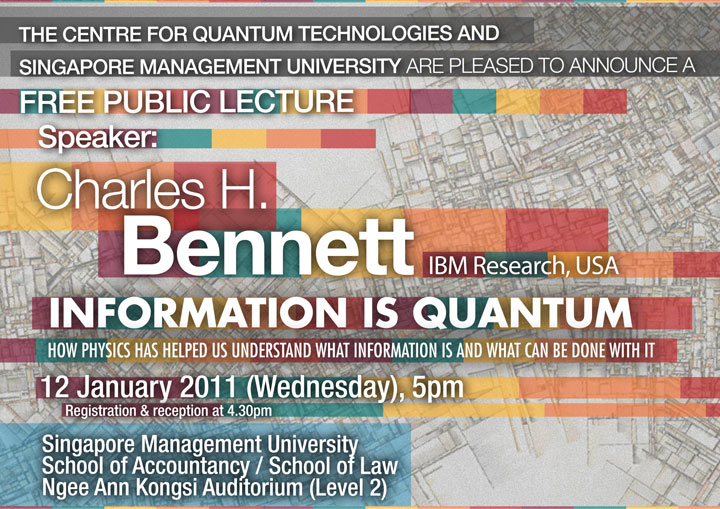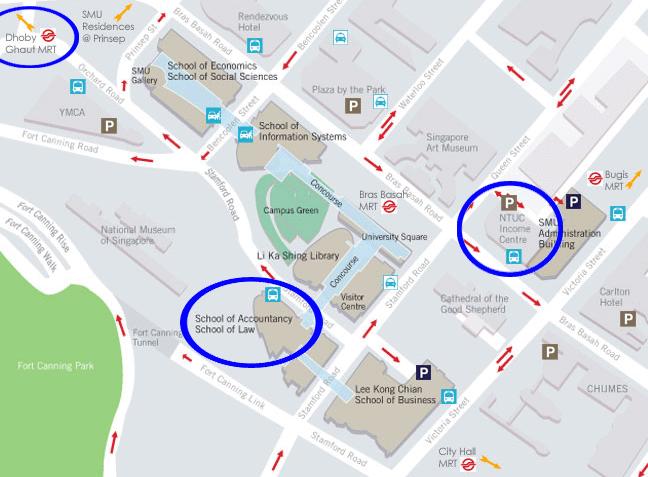
|
Home Committees Scientific Programme Tutorial Programme Poster Session Public Lecture Rump Session Photos Submissions Registration Participants Conference Venue Accommodation Travel and Visa List of QIP Workshops Related Conferences QIP Charter Contact Us |

Abstract: The information revolution is largely based on what a physicist would call a classical view of information, assuming that it can be copied freely and is not disturbed by observation. Quantum effects in information processing, which prevent the information in microscopic objects like atoms or photons from being observed or copied accurately, were long regarded as a mere nuisance, but are now known to make possible feats such as quantum cryptography, quantum teleportation and dramatic computational speedups. Although progress toward a practical quantum computer is slow, other surprising quantum informational effects continue to be discovered, and quantum cryptographic systems are already available commercially. Most importantly, the quantum approach has led to a more coherent and powerful way of thinking about how physical objects interact and influence one another, and how that interaction can be used to compute, communicate, and protect privacy. This talk will avoid mathematical complications and instead aim to explain central quantum concepts like entanglement, which at first sight seem counterintuitive. Biography:  Charles H. Bennett, a Fellow at IBM's Research Division, has long been interested in the connection between information processing and fundamental physics. Charles H. Bennett, a Fellow at IBM's Research Division, has long been interested in the connection between information processing and fundamental physics.In 1973, building on the work of IBM's Rolf Landauer, he showed that computers can in principle be made logically and thermodynamically reversible, dissipating arbitrarily little energy per computational step. In 1984, with Gilles Brassard of the University of Montreal, he developed a practical system of quantum cryptography, allowing secure communication between parties who share no secret information initially, based on the uncertainty principle instead of mathematical assumptions. In 1993, in collaboration with Brassard and others, he discovered "quantum teleportation," wherein an unknown quantum state is decomposed into a purely classical message and purely quantum correlations (entanglement), then reassembled to produce an exact replica of the original state that was destroyed in the sending process. Subsequently he helped develop the theory of quantum error-correction, quantum channel capacities, and entanglement. Other interests include algorithmic information theory, the use of universal computers to define the intrinsic complexity or "logical depth" of physical states, and the origin and fate of classical behaviour in a world governed by underlying quantum laws. Bennett is a Fellow of the American Physical Society and a member of the US National Academy of Sciences. This lecture is co-organised by the Centre for Quantum Technologies and the Singapore Management University in conjunction with QIP 2011. |
